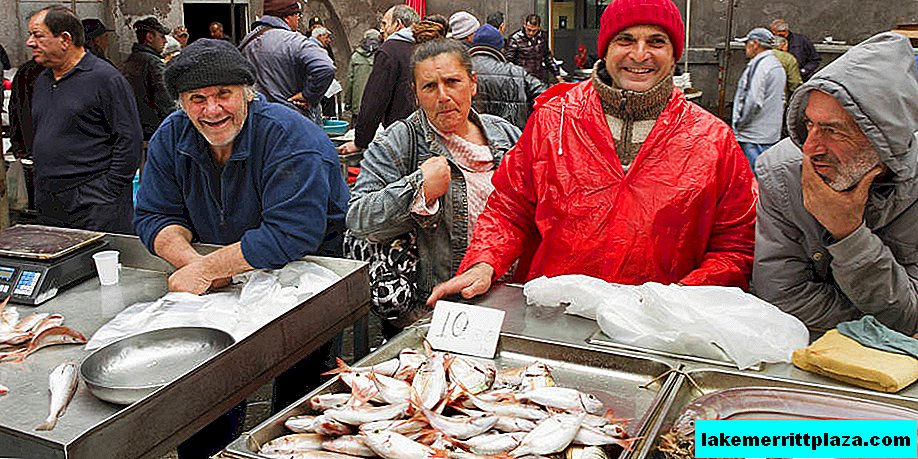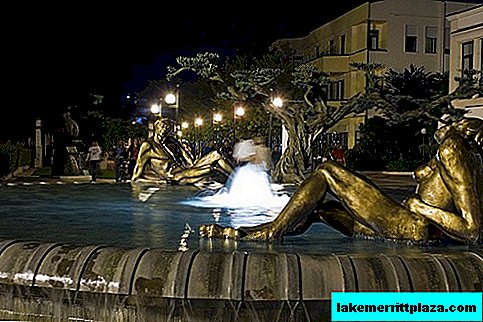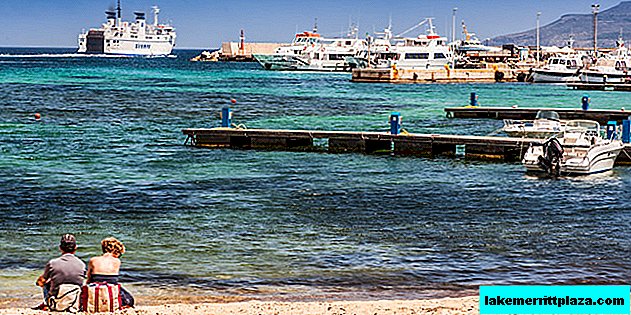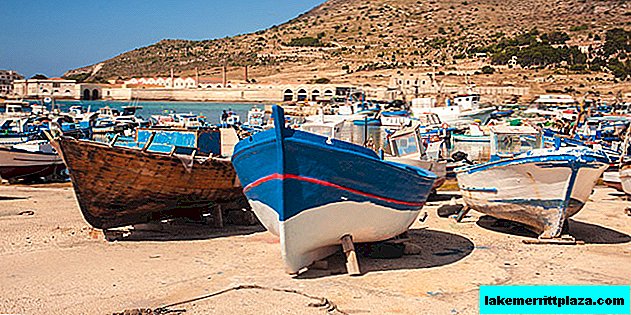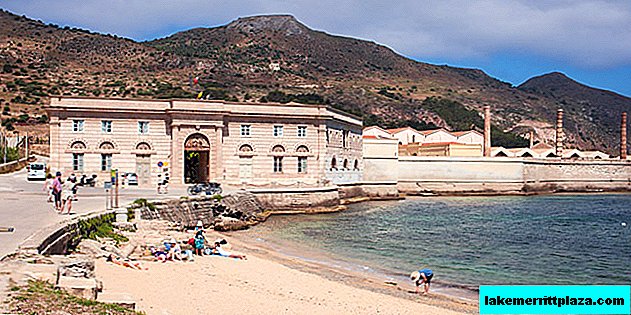Sardinia (Sardegna) is attractive to travelers not only for its beaches and natural beauty, but also for its unique rich cuisine. It is only natural that Sardinian cuisine has many Italian favorites on its menu, such as pasta or pizza. However, do not forget to taste the delicious local recipes that are offered in any restaurant on the island, from the simplest trattoria to the most glamorous restaurant in Porto Cervo.
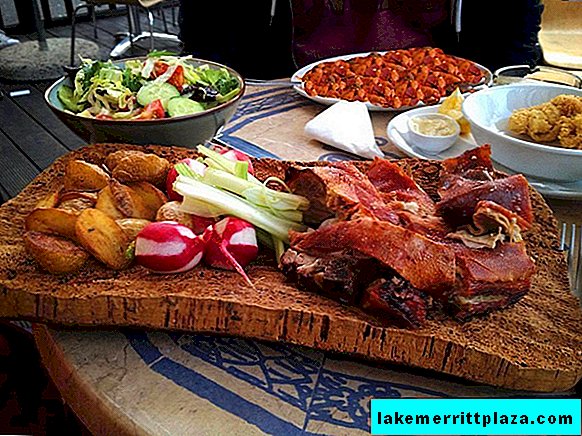
A pleasant aspect of relaxing on the island is the opportunity to explore its rich culinary history, savor the Mediterranean cuisine with local traditions. The cuisine of Sardinia is based on simple and natural foods: excellent meat, delicious seafood, all kinds of cheeses, olive oil and wine. Do not forget the fruits and vegetables that grow on the earth kissed by the sun.
Snacks
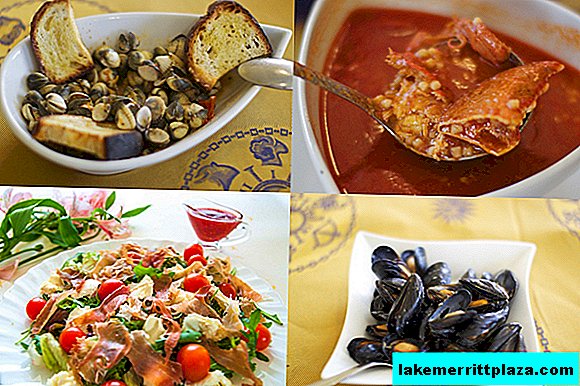
A typical Sardinian dish that precedes lunch or dinner consists of prosciutto (Italian ham) or delicious sausages, pecorino cheese, olives, all with a side dish of fresh vegetables. As seafood appetizers, clam-based dishes (fresh octopus salad, juicy mussel and clam soups), fish (tuna with onions) and special dishes such as bottarga (mullet, less often tuna) in combination with artichokes are common.
The term bottarga or bottariga refers to mullet or tuna caviar that is salted, pressed and dried. Sliced caviar, seasoned with a small amount of butter, become a delicious snack. Original spaghetti with grated bottarga. We offer a recipe typical of Sardinia.
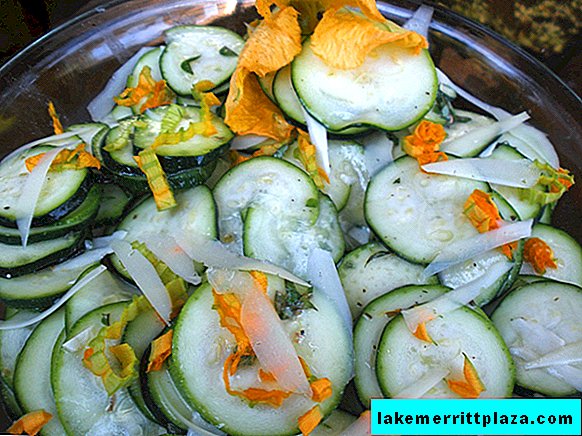
Zucchini Carpaccio recipe with bottarga and chili (4 servings)
- 500 g zucchini;
- 1 lemon;
- 1 fresh chili pepper (recommend orange);
- 1 tablespoon of grated bottarga;
- parsley;
- olive oil;
- salt.
First cut along the zucchini into very thin slices (about 1 mm). Season the slices with a pinch of salt, pour over lemon juice, and then pickle in the refrigerator for 1 hour. My chili pepper and cut into thin slices. Finely chop dry and washed parsley. Put the zucchini in a dish, sprinkle with chili slices, finely chopped parsley and grated bottarga. It remains to drizzle with olive oil and serve. Zucchini carpaccio ready!
Bread and Pasta
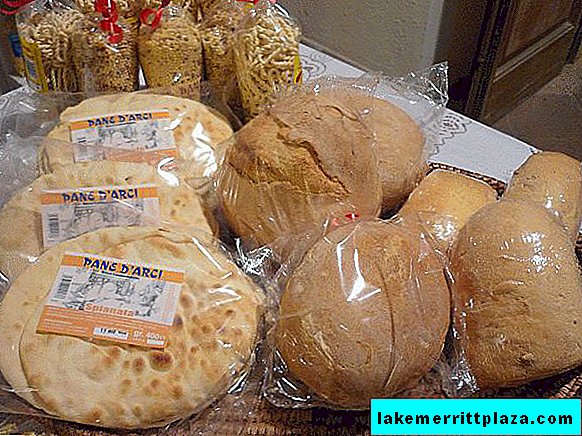
Traditions offer different types of pasta, hard and fresh, typical breads. Their main ingredient is wheat, usually durum.
Here are some of the loaves:
- Cifraxiu - round-shaped bread with soft crumb and crisp, average weight 1 kg;
- Costeddas round with a hole in the center;
- ultra slim Carasau also known as shepherd’s bread;
- Faine - flat bread used to make pizza.
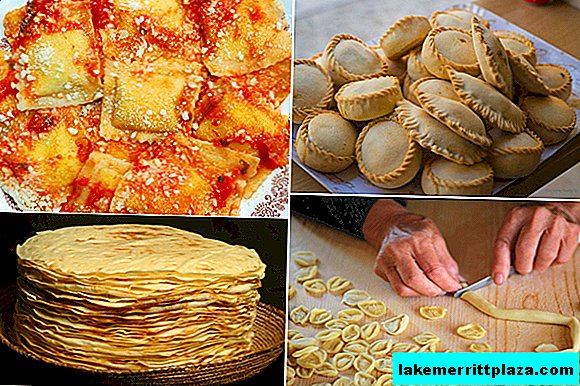
Other flour products:
- Raviolo - square, rectangular or round, stuffed with ricotta cheese, potatoes and saffron. Usually served with rich meat sauce and grated pecorino.
- Handmade - pasta in the form of small balls. Great for soups or served with tomato sauce, sausage and cheese.
- Panadas - soft pastry pies. The filling varies depending on the area of the island in which they are prepared. It can be with meat (pork with the aroma of vegetables or marinated in white wine with spices). Other filling options: mushrooms with artichokes in oil, game or braised eel.
- Carasau - Thin and crispy round sheets cooked in a wood burning stove. Stored for several months, convenient for shepherds.
Cheese
If you like cheese, you will be pleasantly surprised by their choice. By the way, in Sardinia you can easily find hard, soft, tender and sharp cheeses. The island has long been considered a symbol of agriculture and animal husbandry. Breeding sheep and goats is an important form of economic income in this area, so the variety of cheeses is not surprising.
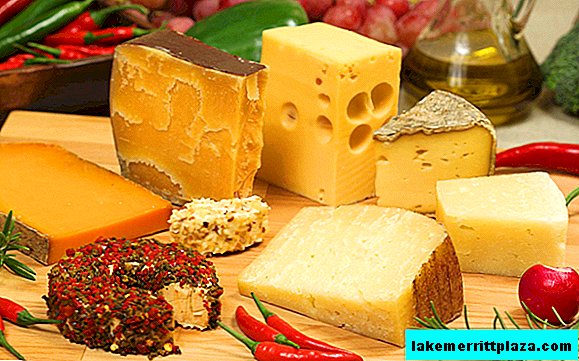
Among the most valuable is the Pecorino Sardo cheese, which is produced exclusively in Sardinia from sheep’s milk, the taste is pleasantly spicy. Used as a seasoning for pasta and soups. Also popular are: delicate and thin Fresa, very moist, slightly salted Freschi, fresh Peretta, tender Ricotta cottage cheese mixed with chard and spinach.
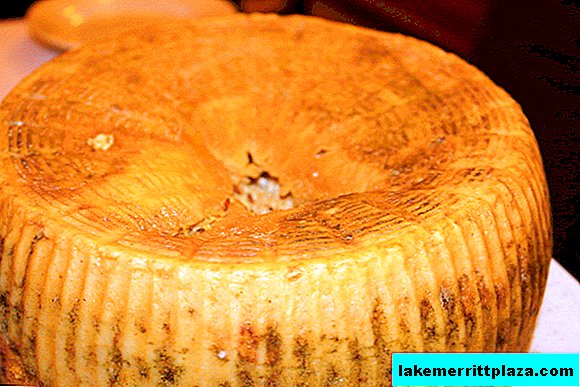
And, of course, do not forget about the “forbidden fruit” of Sardinia - the cheese of Casu Marzu. “Rotten cheese” notifies the originality of taste by its name, however, opening the elastic cover of the cheese head, the gourmet will find a colony of worms inside. It is they who give the product banned in the European Union, an unusual taste and scandalous fame. For a lot of money, this “delicious” cheese can be obtained from under the floor exclusively in Sardinia.
Second courses

A typical main course, spread almost all over the island, is a roast pig cooked on a spit and seasoned with fresh leaves of myrtle. It is eaten both hot and cold. Lamb or goat roast is served warm immediately after cooking and is accompanied by good wine.
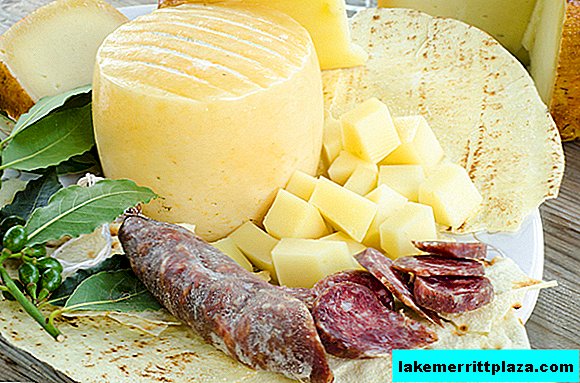
Sausages and meat in Sardinia are cooked according to old recipes using simple ingredients: salt, several spices and seasonings. The most characteristic salami, ham. Popular are Capocollo (raw pork neck meat ripened with salt and spices), dried Guanciale meat, meat marinated in vinegar or white wine Mustela, Pancetta bacon, Salsiccia sausage and black pudding seasoned with salt, pepper, nutmeg, chopped walnuts nuts, cloves, cinnamon, lard, milk.

Among the fish dishes, the main delicacy of the Sardinian cuisine is grilled fresh seafood: mullet, sea bass, sea bream, shrimp and cuttlefish. The seafood here is fried and baked in foil and boiled.
Saffron Lobster (4 servings)
- lobster from about 1 kg
- 50 g red onion
- 1 cup dry white wine (Vermentino)
- chilli to taste
- 1 bag of saffron
- 4 tablespoons of olive oil
- salt
For broth:
- 1 onion
- 1 carrot
- 1 cup dry white wine (Vermentino recommended)
- 1 bunch parsley
- salt
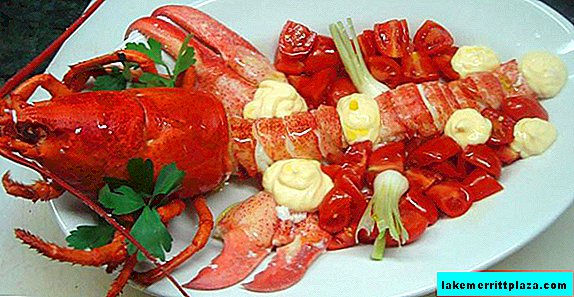
Saffron lobster is a special occasion dish flavored with the divine saffron aroma. To cook it, first put the ingredients for the broth in a pot of water and bring to a boil, then lower the lobsters there and cook for about 20 minutes. After this time, remove the reddened handsome man from boiling water. Open the shell with a sharp knife or kitchen scissors, cut the pulp into pieces.
Mix pure and finely chopped saffron with dry white wine. Fry the onion with three tablespoons of olive oil. It will soon become transparent, then add pieces of lobster meat. Season with salt, sprinkle with chili pepper powder and sprinkle with wine and saffron sauce. Boil over high heat until the wine has evaporated, and then serve hot.
Sweets, pastries, cakes
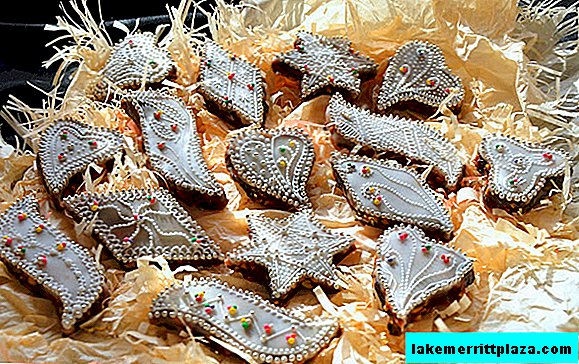
To complete the acquaintance with the delicacies inherent in the cuisine of Sardinia, we turn to a varied dessert menu. The recipes are based on local products: semolina dough with almonds, lemon, fresh cheese and cottage cheese, not to mention the unique glanders, grape syrup.
Among the most popular sweets are sebadas (or seadas) - a kind of large ravioli with cheese, fried in olive oil, served with melted honey. Pabassinas - diamond shaped macaroons decorated with colorful balls with raisins and glanders. Pardule with ricotta cheese and saffron.
Alcohol
Wines
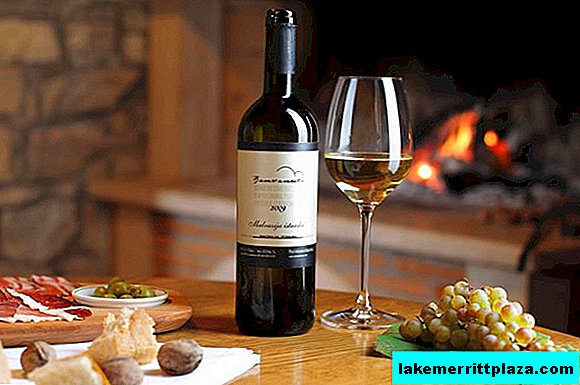
The wines of Sardinia are little known outside of Italy, but they are very good. Each area has its own specialization. Cannonau - the most famous wine of Sardinia, obtained from a vine of Spanish origin, ruby red color and warm aroma, is produced in the eastern part of the island.
Sweet Malvasia from Boz, pale yellow dry Vermentino from Gallura, and a sturdy, ruby red Nepente from Oliena. Local red wines are rich, strong and rich, go well with grilled meats, game and mature cheeses. While dry white wines are served with cold fish and cheese dishes.
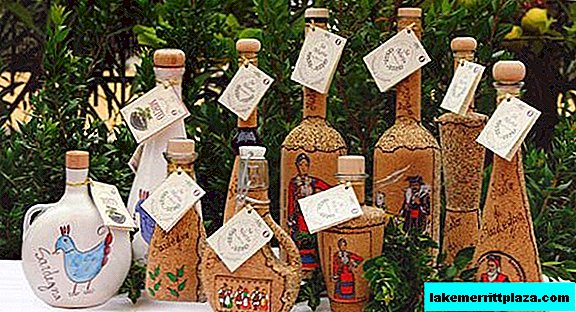
Liqueurs and tinctures
Tasty and pleasant local liquors and tinctures. Amaro di cardo - cold alcoholic infusion from the roots of milk thistle with the addition of sugar or honey, taken after a meal. Corbezzolo - an infusion of ripe strawberry fruit of light pink color and a delicate taste. Brandy Filu e'ferru is known for its unique history. Limone is obtained by tincture of a lemon peel still green in alcohol with the addition of honey and sugar. It quenches thirst perfectly, especially welcomed on hot summer nights.
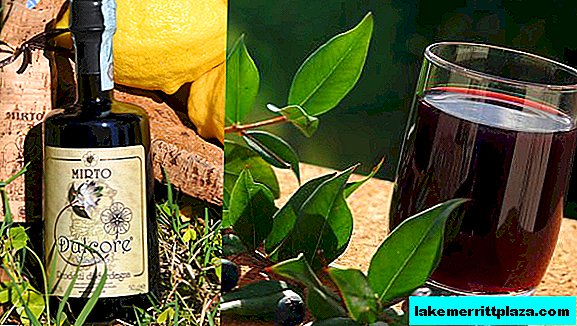
Mirto is the most famous Sardinian liquor. It is obtained by cold infusion with the addition of honey or sugar from the small black berries of the myrtle tree or its leaves. In the first case, the liquid acquires a dark red color and an exquisitely aromatic taste, in the second case, a slightly greenish color and a more delicate taste. Liquor tones and promotes digestion. Serve cold as an aperitif.
Visit Sardinia, it will surprise and delight you with its unique delicacies and delicious drinks. Buon Appetito!

